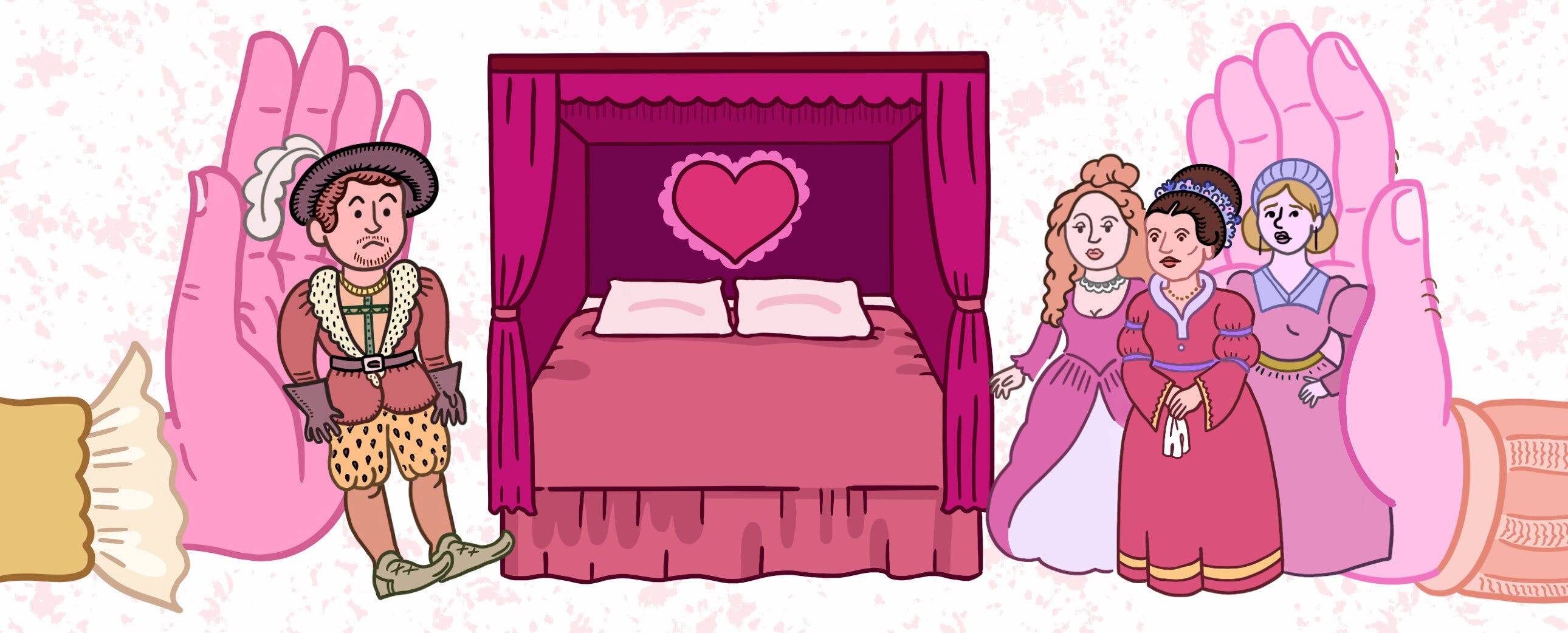The Teenage King’s Historically Bad Sex Education
As James V came of age, his evil ex-stepfather and a counsel of unscrupulous gatekeepers hatched a scheme to keep him from power: distract him with an ungodly amount of intercourse.
Keep reading with a 7-day free trial
Subscribe to Narratively to keep reading this post and get 7 days of free access to the full post archives.




